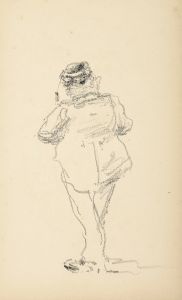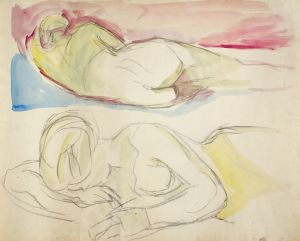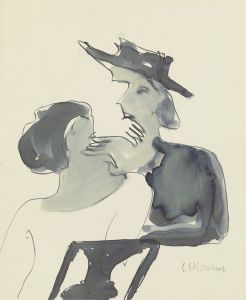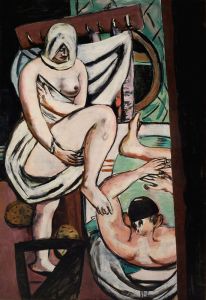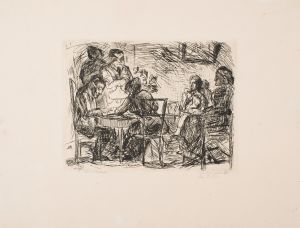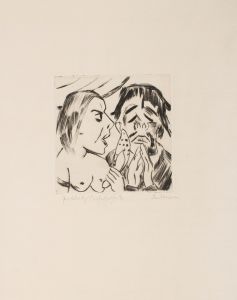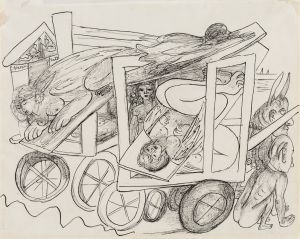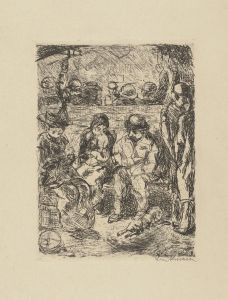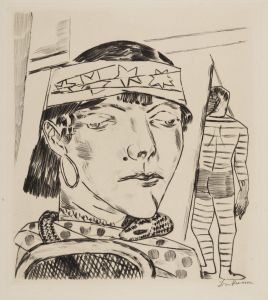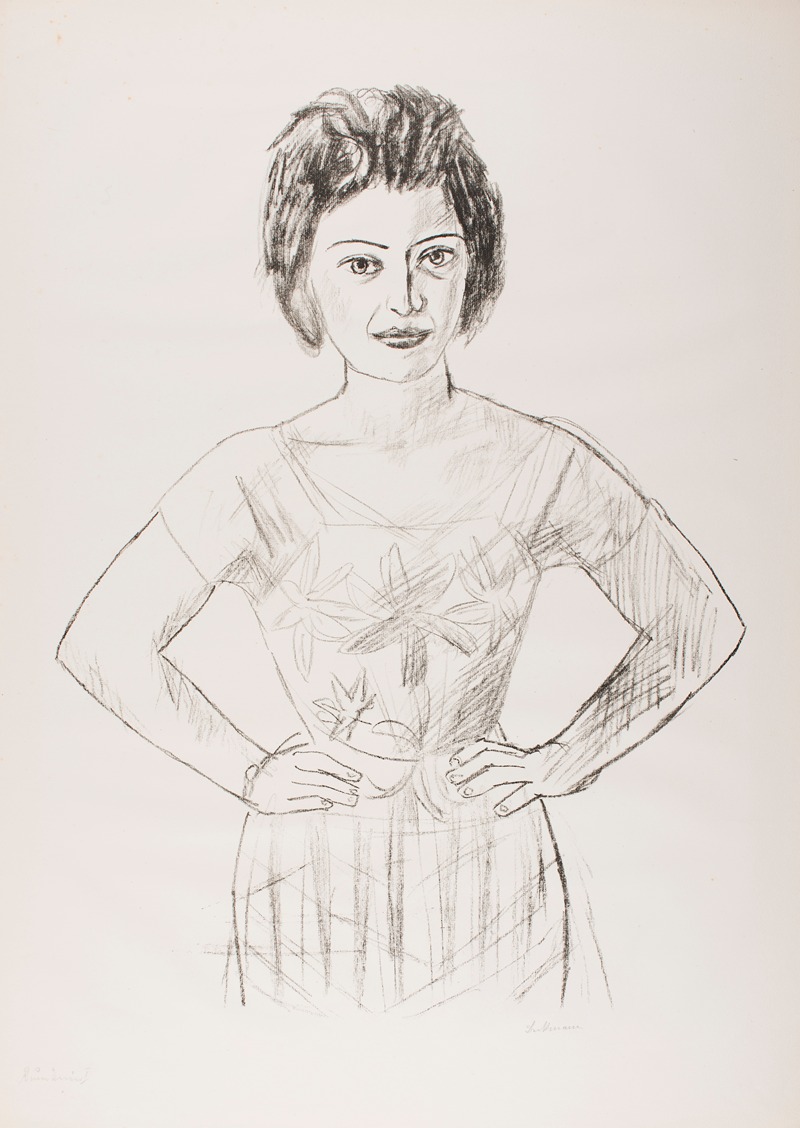
Portrait of a Roumanian I
A hand-painted replica of Max Beckmann’s masterpiece Portrait of a Roumanian I, meticulously crafted by professional artists to capture the true essence of the original. Each piece is created with museum-quality canvas and rare mineral pigments, carefully painted by experienced artists with delicate brushstrokes and rich, layered colors to perfectly recreate the texture of the original artwork. Unlike machine-printed reproductions, this hand-painted version brings the painting to life, infused with the artist’s emotions and skill in every stroke. Whether for personal collection or home decoration, it instantly elevates the artistic atmosphere of any space.
Max Beckmann's "Portrait of a Roumanian I" is a significant work within the oeuvre of the German painter, known for his contributions to the Expressionist movement and his distinctive style that evolved throughout his career. Beckmann, born in 1884 in Leipzig, Germany, is often associated with the New Objectivity (Neue Sachlichkeit) movement, which emerged in the Weimar Republic in the 1920s as a reaction against Expressionism. His works are characterized by bold colors, strong outlines, and a focus on the human condition, often reflecting the tumultuous socio-political climate of his time.
"Portrait of a Roumanian I" was painted in 1922, a period when Beckmann was solidifying his reputation as a leading figure in modern art. This painting is part of a series of portraits that Beckmann created, which often depicted individuals from various walks of life, capturing their essence with psychological depth and intensity. The subject of this particular portrait is a Romanian individual, though specific details about the identity of the sitter remain unknown. Beckmann's choice to paint a Romanian subject may reflect his interest in the diverse cultural landscape of Europe during the interwar years.
The painting exemplifies Beckmann's mature style, characterized by a robust and dynamic use of color and form. The composition is marked by its strong linearity and the use of bold, contrasting colors, which serve to highlight the features and attire of the subject. Beckmann's technique involves a meticulous layering of paint, creating a textured surface that adds to the emotional impact of the work. The portrait is imbued with a sense of introspection and complexity, inviting viewers to engage with the psychological nuances of the sitter.
Beckmann's work during this period often explored themes of identity, alienation, and the human experience, reflecting the broader existential concerns of post-World War I Europe. His portraits are not mere likenesses but rather profound studies of character and emotion, capturing the inner life of his subjects with remarkable clarity. "Portrait of a Roumanian I" is no exception, as it conveys a sense of individuality and presence that transcends the specifics of nationality or background.
Throughout his career, Beckmann faced significant challenges, particularly during the rise of the Nazi regime in Germany. His art was labeled as "degenerate" by the Nazis, leading to his eventual emigration to the United States in 1947. Despite these obstacles, Beckmann continued to produce powerful and influential works until his death in 1950.
"Portrait of a Roumanian I" remains an important piece within Beckmann's body of work, illustrating his ability to capture the essence of his subjects with both empathy and critical insight. The painting is held in high regard within art historical circles and continues to be studied for its artistic and cultural significance. As with many of Beckmann's works, it offers a window into the complexities of human identity and the enduring power of portraiture as a medium for exploring the human condition.







